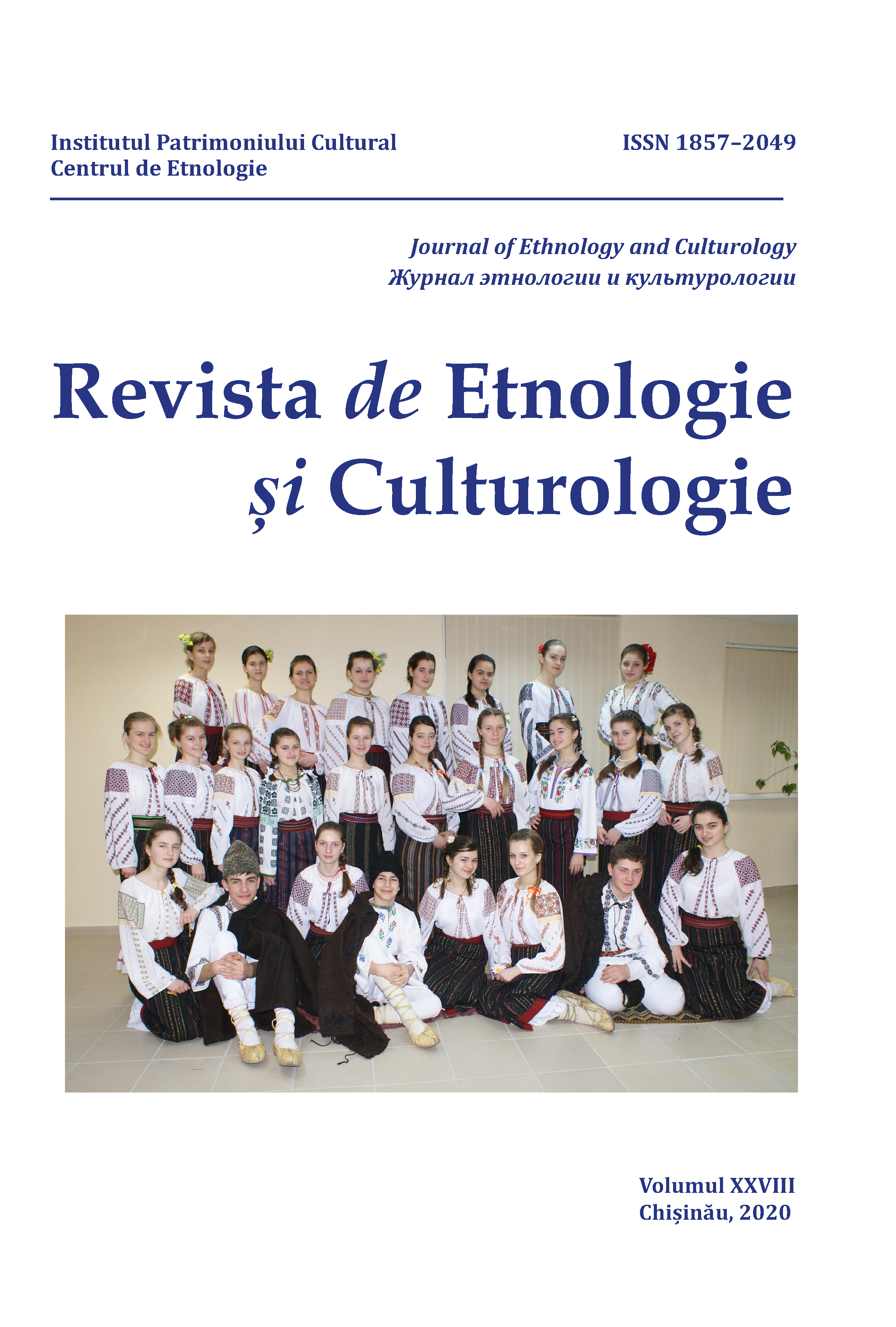About the Gypsy (Romani) Renaissance in the Soviet Union (1925–1938) and its successors
About the Gypsy (Romani) Renaissance in the Soviet Union (1925–1938) and its successors
Author(s): Valdemar KalininSubject(s): History, Language and Literature Studies, Cultural history, Studies of Literature, Ethnohistory
Published by: Institutul Patrimoniului Cultural al Academiei de Științe a Moldovei
Keywords: Romani literacy and literature; Romani schools; Renaissance; Romani legacy;
Summary/Abstract: This article attempts to summarize the main landmarks of the Gypsy (Romani) Educational History in Russia. Gypsies and non-Gypsies established good relations following their first encounter in 1697. Shortly afterwards Gypsies were separated into urban and camp Gypsies. The urban Gypsies were integrated into high society since their musical performances captured the minds of the Russian aristocracy to a significant extent. Consequently they started to intermarry including in such noble families as: the Golitsyns, the Obolenskis, the Tolstoys, etc. The October Revolution followed by the Civil War destroyed the traditional way of life for the Gypsies. The Pan-Russian Gypsy Union was founded in 1925, in Moscow. It started to promote the ideas of a Socialist way of life. The Gypsies were involved in all spheres of life of the Soviet State: Gypsy (Romani) schools taught children and adults. The parents were involved in all branches of industry and Socialist agriculture (Gypsy collective-farms – ’kolkhozs’). Suddenly the schools were closed in August 1938 by a secret note of the Soviet Government. After WWII many Gypsy wrote letters imploring Stalin to reopen schools, but there were no replies. Later the notable Gypsy poet Nikolai Satkevich managed to open a Gypsy school in Irkutsk (Siberia) in 1963. His example was followed by J. Nielands (Latvia), N. Belugina,L. Manush and L. Cherenkov (Moscow) while the author continued this good tradition in London and the Miheiki settlement (Slutsk region, Belarus’). The versatile literature of the Romani Renaissance left a remarkable legacy about the Romani Renaissance and it inspires other generations to follow this unique process.
Journal: Revista de Etnologie şi Culturologie
- Issue Year: XXVIII/2020
- Issue No: 2
- Page Range: 64-73
- Page Count: 10
- Language: English

